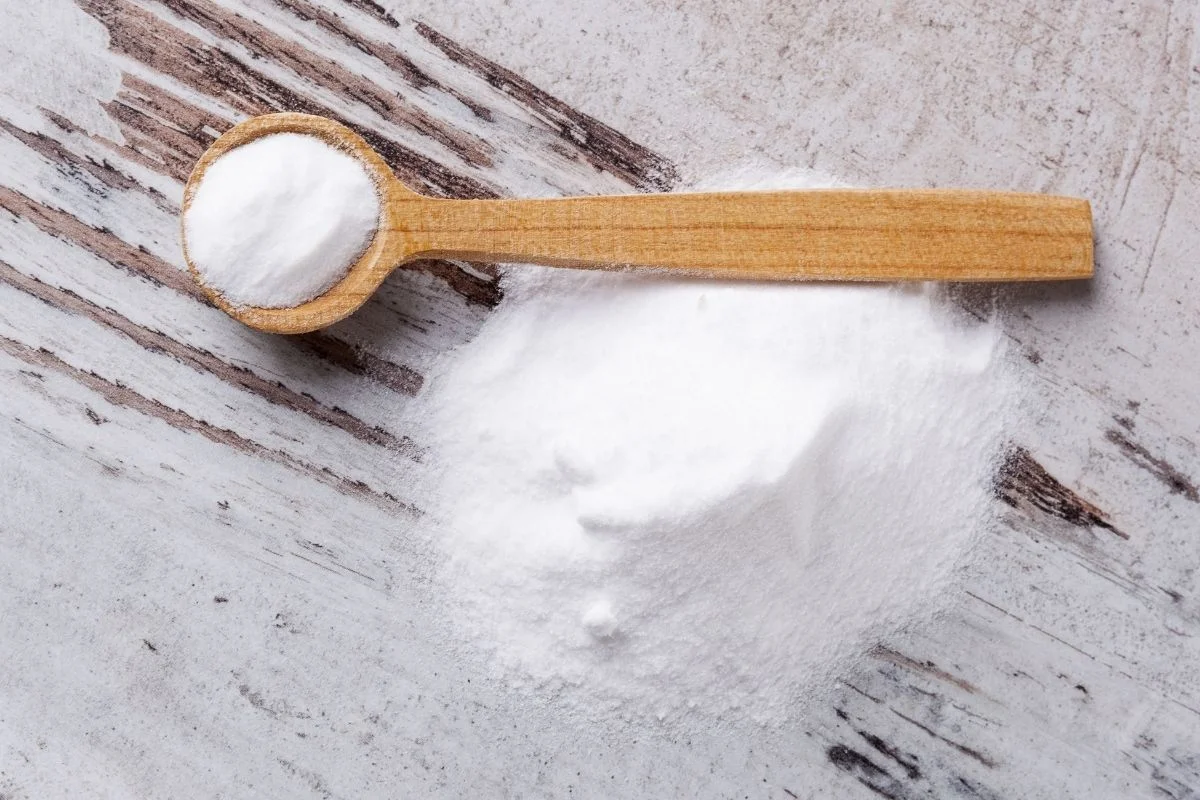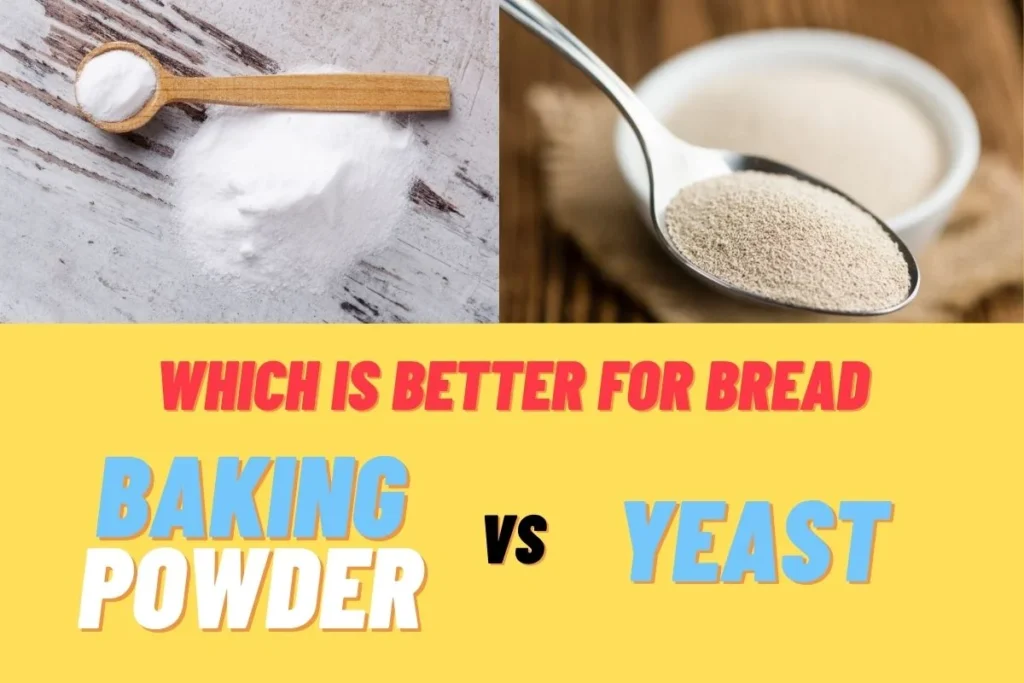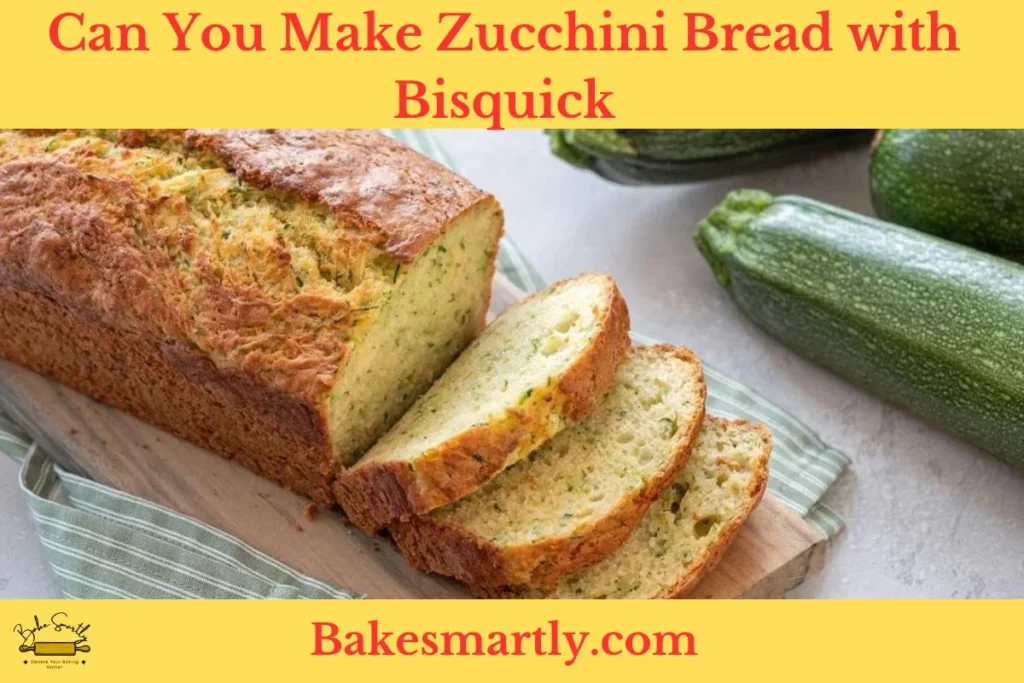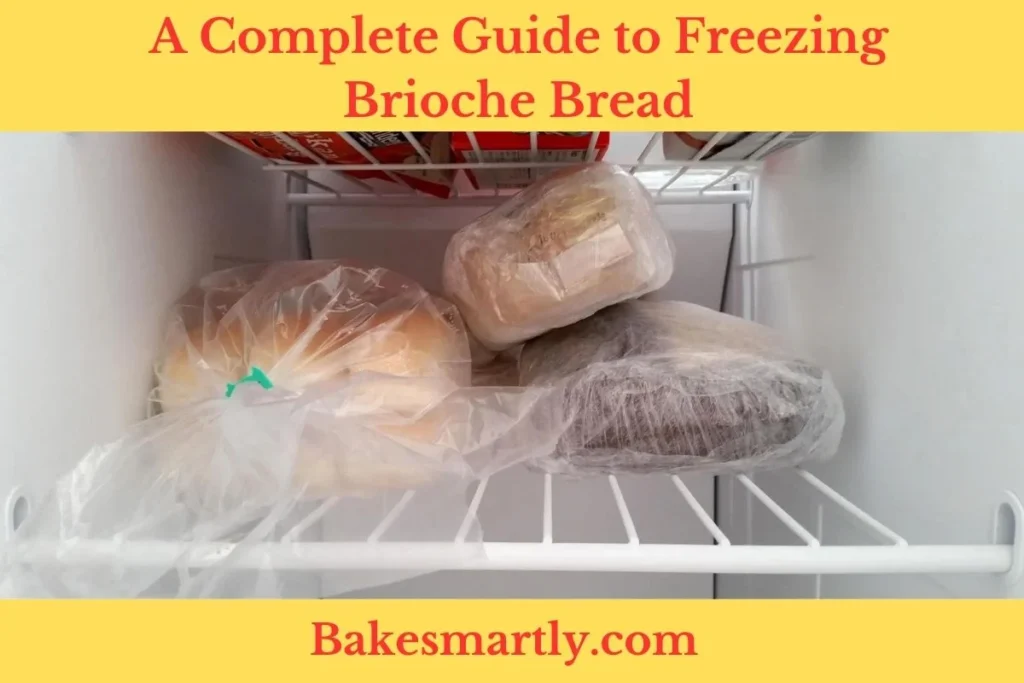
Does Baking Powder Really Kill Yeast in Bread?
If you’ve ever tried your hand at baking bread, you’ve probably come across the age-old debate about whether baking powder can kill yeast in bread. This topic has sparked numerous discussions among baking enthusiasts, and in this article, we’re going to delve deep into the science behind it.
Can baking powder truly halt the activity of yeast in your dough, or is it just another baking myth? Let’s uncover the truth together.
Table of Contents
ToggleUnderstanding the Chemical Composition of Baking Powder
Baking powder is a crucial ingredient in many baked goods, including bread. But what exactly is baking powder and how does it work? To understand its role in bread baking, we need to delve into its chemical composition. Baking powder is a leavening agent, meaning it helps dough rise by producing carbon dioxide gas. It consists of three main components: baking soda, cream of tartar, and a moisture-absorbing agent.
Baking soda, also known as sodium bicarbonate, is an alkaline compound that reacts with acids to produce carbon dioxide gas. Cream of tartar, or potassium bitartrate, is an acidic compound that activates the baking soda. Lastly, the moisture-absorbing agent, usually cornstarch, prevents the baking soda and cream of tartar from reacting prematurely.
The magic happens when baking powder comes into contact with moisture and heat. The acid-base reaction between the baking soda and cream of tartar releases carbon dioxide gas, creating bubbles that cause the dough to rise. This reaction is what gives baked goods their light and fluffy texture. But does baking powder really kill yeast in bread? Let’s explore further.
The Role of Yeast in Bread Baking
Yeast is a microscopic fungus that plays a crucial role in bread baking. It feeds on sugars and produces carbon dioxide gas as a byproduct through a process called fermentation. This gas gets trapped in the dough, causing it to rise. Yeast also imparts flavor and aroma to the bread, resulting in that distinctive homemade taste.
In traditional bread recipes, yeast is the primary leavening agent. It needs time to ferment and produce enough carbon dioxide to make the dough rise. However, the process can be time-consuming and requires careful attention to temperature and proofing. This is where baking powder comes in handy.
Baking Powder vs. Yeast: Dispelling the Myth
Contrary to popular belief, baking powder does not kill yeast in bread. While baking powder and yeast are both leavening agents, they work in different ways. Baking powder is a quick-acting leavening agent that produces carbon dioxide gas instantly when it comes into contact with moisture and heat. Yeast, on the other hand, requires time to ferment and produce carbon dioxide gas gradually.
When baking powder is used in bread recipes, it complements the yeast’s leavening action, resulting in a lighter and more evenly risen loaf. The combination of both ingredients helps speed up the rising process, allowing you to enjoy freshly baked bread in less time. So, instead of killing yeast, baking powder actually enhances its performance. It’s a win-win situation!
How Baking Powder Works in Bread Baking
Now that we’ve clarified the role of baking powder and yeast, let’s dive deeper into how baking powder works in bread baking. As I mentioned earlier, baking powder consists of baking soda, cream of tartar, and a moisture-absorbing agent. When these components are exposed to moisture and heat, the acid-base reaction occurs, releasing carbon dioxide gas.
The carbon dioxide gas gets trapped within the dough, creating bubbles that cause the dough to rise. Additionally, the heat from the oven sets the structure of the dough, resulting in a light, airy, and tender texture. The moisture-absorbing agent, such as cornstarch, prevents the baking soda and cream of tartar from reacting prematurely, ensuring that the leavening action happens at the right moment.
The Science Behind the Leavening Process
To understand the science behind the leavening process, we need to explore the role of carbon dioxide in bread baking. When carbon dioxide gas is released during the acid-base reaction in baking powder, it expands and creates air pockets within the dough. These air pockets give the bread its characteristic lightness and texture.
As the dough bakes in the oven, the heat causes the carbon dioxide gas to expand further, resulting in additional rise and a finer crumb structure. The proteins in the dough coagulate and set, providing structure and stability to the bread. The moisture in the dough turns into steam, contributing to the overall volume and texture.

Factors That Affect the Leavening Power of Baking Powder
Several factors can affect the leavening power of baking powder. The freshness and quality of the baking powder are essential. Over time, the reaction between the acid and base components of baking powder can weaken, resulting in reduced leavening power. It’s crucial to check the expiration date and store baking powder in a cool, dry place to maintain its effectiveness.
The ratio of baking powder to flour in a recipe also plays a significant role. Too much baking powder can lead to an excessive rise and a bitter taste. On the other hand, too little baking powder may result in a dense and heavy loaf. It’s important to follow the recipe’s instructions and measure the ingredients accurately for optimal results.
Tips for Using Baking Powder in Bread Recipes
To make the most out of baking powder in your bread recipes, here are some valuable tips to keep in mind.
- First, always check the expiration date of your baking powder before using it. Using fresh baking powder ensures the best leavening results.
- Second, measure the ingredients accurately, including the baking powder, to maintain the right balance in the dough. Additionally, avoid overmixing the dough once the baking powder is added. Overmixing can deflate the air bubbles and result in a denser loaf.
- Lastly, follow the recipe’s instructions regarding the proofing time and temperature. Each recipe may have specific requirements to allow the yeast and baking powder to work together harmoniously.
Common Misconceptions About Baking Powder and Yeast Interaction
Throughout our exploration of the science behind baking powder, it’s important to address some common misconceptions. One prevailing myth is that baking powder kills yeast in bread. As we’ve discussed, baking powder actually complements the yeast’s leavening action, resulting in a lighter and more evenly risen loaf.
Another misconception is that baking powder can be used as a substitute for yeast. While baking powder can provide some rise, it cannot replicate the complex flavors and aromas that yeast fermentation imparts to bread. Each ingredient serves a unique purpose in bread baking, and their combination can yield the best results.
Why Is Yeast Used Instead Of Baking Powder In Bread?
Yeast is favored in bread baking because of the unique attributes it brings to the table. Beyond just leavening, yeast contributes to the development of complex flavors and aromas through its fermentation process. This intricate interaction between yeast, flour, and water creates a depth of taste that is challenging to replicate with baking powder alone.
Additionally, yeast allows for a longer fermentation process, which results in a more elastic dough structure, ideal for traditional bread varieties. While baking powder offers quick and reliable results, it lacks the depth and character that yeast imparts to the final loaf.
What Happens When You Mix Yeast And Baking Powder In Bread?
Mixing yeast and baking powder in bread can be a bold experiment. The combination might yield a more rapid rise compared to using yeast alone, resulting in a lighter texture. However, it’s crucial to strike the right balance to avoid an overwhelming taste of baking powder.
The interaction between these two leavening agents can be complex, and the final outcome will depend on factors such as proportions, fermentation time, and recipe specifics. It’s recommended to approach this combination with caution and a willingness to adjust your technique based on your desired results.

Which is Better for Bread: Yeast or Baking Powder?
The eternal debate between yeast and baking powder as leavening agents for bread has captured the attention of baking enthusiasts worldwide. Both yeast and baking powder have their unique characteristics, and the choice between the two depends on the type of bread you aim to create.
Yeast:
Yeast, a living microorganism, brings more than just leavening power to bread. It contributes complexity and depth of flavor through the fermentation process. The slow and steady action of yeast allows the development of nuanced aromas and tastes, resulting in the characteristic flavors of artisanal bread. Yeast also enhances the bread’s texture by creating a network of air pockets that lend a soft and airy crumb.
Baking Powder:
Baking powder, a chemical leavening agent, offers speed and convenience. It reacts swiftly when exposed to moisture and heat, producing carbon dioxide gas that causes the dough to rise. Baking powder is ideal for recipes that require a quick leavening action, such as muffins and biscuits. However, its rapid rise can lead to a different texture compared to yeast-based bread, often resulting in a more cake-like crumb.
Choosing the Right Leavening Agent:
The choice between yeast and baking powder hinges on your desired bread outcome. If you’re aiming for a classic, slow-rise bread with rich flavors and a traditional crumb structure, yeast is the preferred option. On the other hand, if time is limited, and you seek a rapid rise with a lighter texture, baking powder might be the better choice.
In some cases, a combination of both yeast and baking powder can be employed to harness their respective strengths. This hybrid approach can result in a bread that offers a balance between flavor complexity and quick leavening.
Ultimately, there’s no definitive answer to the question of which is better. It depends on your baking goals, the time you’re willing to invest, and the specific characteristics you want your bread to exhibit. Experimentation with different ratios and techniques will help you uncover the perfect leavening agent for your bread-baking endeavors.
Conclusion | Emphasizing the Importance of Understanding the Science Behind Baking Powder
In conclusion, understanding the science behind baking powder is essential for aspiring home bakers and culinary enthusiasts alike. By unraveling the myth surrounding baking powder’s yeast-killing abilities, we’ve gained a deeper insight into its role in bread baking. Baking powder complements yeast, enhances the leavening process, and results in lighter, more evenly risen loaves.
By mastering the delicate balance between yeast and baking powder, you can elevate your bread-making skills and impress your friends and family with delectable, yeast-infused creations.
Remember to understand the chemical composition of baking powder, the role of yeast, and how baking powder works in bread baking. Take note of the factors that affect its leavening power and follow the tips for using baking powder in bread recipes.
Lindsey Mackenzie
About me
Hi there! I’m Lindsey Mackenzie, the founder of Bake Smartly. Baking has been my passion since childhood, growing up in my father’s bakery. With Bake Smartly, I’m excited to share my love for all things sweet and savory. Join me on this delicious journey as we whip up scrumptious treats and sprinkle joy into every bite!






